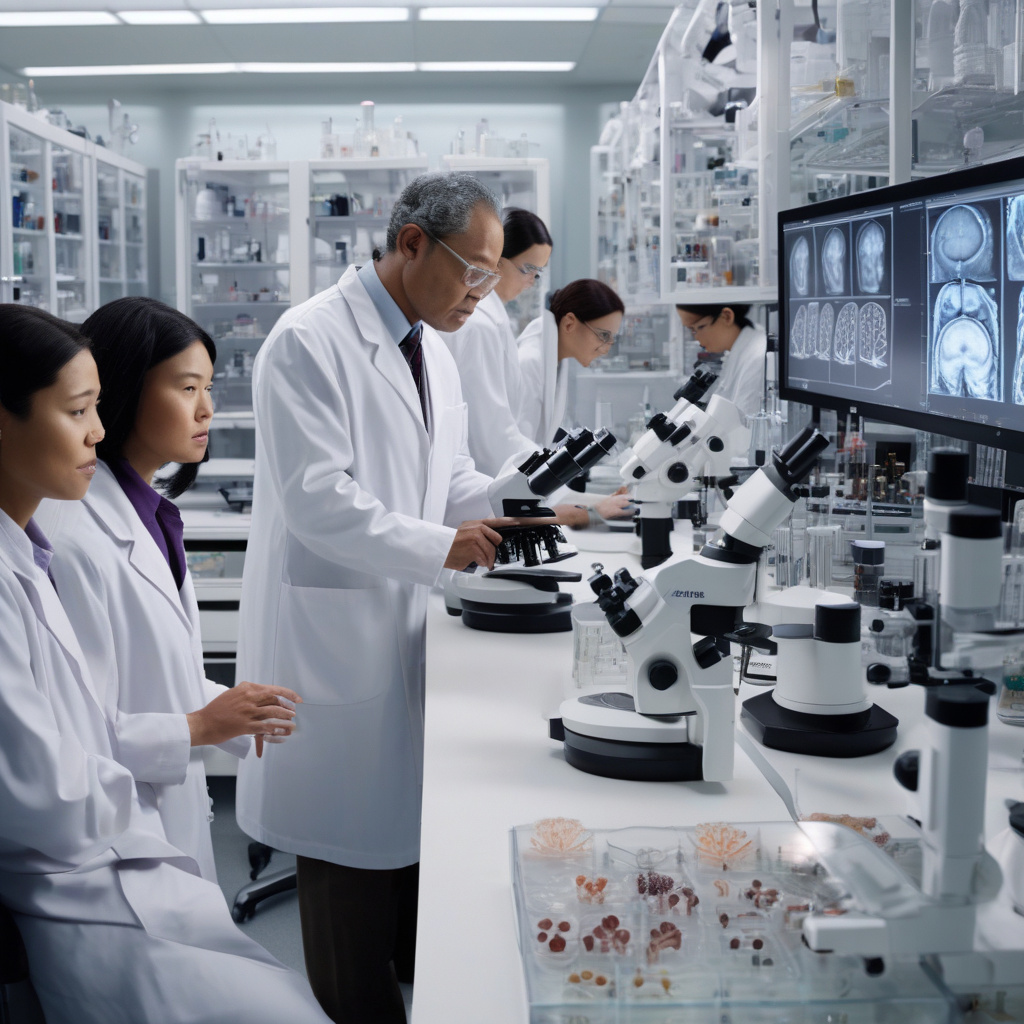Researchers Use Live Brain to Expose Alzheimer’s Effects Before Symptoms Start
Alzheimer’s disease is the most common form of dementia, currently affecting over 55 million people worldwide. The impact of this neurodegenerative disease goes far beyond the individuals diagnosed with it; it affects families, caregivers, and healthcare systems globally. One of the biggest challenges in combating Alzheimer’s is the difficulty in diagnosing it early enough to intervene effectively. However, a groundbreaking development in research may change the game entirely – the use of live brain tissue to expose Alzheimer’s effects before symptoms even begin.
Traditionally, Alzheimer’s disease has been diagnosed based on symptoms that manifest only after significant brain damage has already occurred. By the time memory loss and cognitive decline become noticeable, the brain has already undergone substantial deterioration. This late-stage diagnosis severely limits the effectiveness of any treatment options available. However, recent research has shown that changes in the brain associated with Alzheimer’s can be detected much earlier, even before symptoms emerge.
Using live brain tissue from donors, researchers have been able to observe the early effects of Alzheimer’s at the cellular level. By studying how the disease progresses in real-time, scientists have gained valuable insights into its development and potential opportunities for intervention. This innovative approach has the potential to revolutionize the field of Alzheimer’s research by allowing for the identification of biomarkers that indicate the presence of the disease long before traditional methods can detect it.
One of the most significant advantages of this live brain research is the ability to test potential treatments directly on affected tissue. By observing how different interventions impact the progression of Alzheimer’s at the cellular level, researchers can develop more targeted and effective therapies. This personalized medicine approach holds great promise for the future of Alzheimer’s treatment, moving away from the current one-size-fits-all strategies towards individualized care based on the specific biological markers present in each patient.
Moreover, this cutting-edge research not only provides hope for more effective treatments but also offers a deeper understanding of the mechanisms underlying Alzheimer’s disease. By elucidating the complex interactions between brain cells, proteins, and genetic factors involved in the development of Alzheimer’s, researchers can uncover new targets for therapy and potential avenues for prevention. This holistic approach to studying the disease is crucial for developing comprehensive solutions that address its root causes rather than just managing its symptoms.
While the use of live brain tissue in Alzheimer’s research is still in its early stages, the potential benefits it offers are immense. From early detection and personalized treatment to a deeper understanding of the disease process, this innovative approach has the power to transform how we approach Alzheimer’s disease. By harnessing the latest advancements in technology and scientific knowledge, researchers are paving the way for a future where Alzheimer’s may no longer be the devastating diagnosis it is today.
In conclusion, the use of live brain tissue to expose Alzheimer’s effects before symptoms start represents a significant milestone in the fight against this debilitating disease. By unlocking the secrets of Alzheimer’s at the cellular level, researchers are opening doors to new possibilities for early diagnosis, targeted treatment, and ultimately, a cure. As we continue to unravel the mysteries of the brain, we move one step closer to a world where Alzheimer’s no longer holds the power it does today.
Alzheimer’s, Dementia, Research, Brain Health, Medical Breakthroughs












